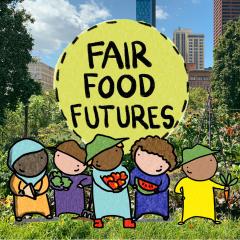The Study
Responses to rough sleeping in Australia range from to law enforcement responses, to psychosocial support, to the provision of stable housing. Using Brisbane as a case study, our research sought to understand how these different kinds of interventions are connected and balanced against one another, and how they can be reconfigured to better support people sleeping rough. It also examined how surveillance of the homeless helps coordinate these different kinds of interventions. This short report provides an overview of the findings of this research. It describes how support services and other agencies work together to support rough sleepers to access stable housing, and how people who gain housing through these interventions can experience life-changing benefits. However, we also found that the undersupply and long wait-times for social housing mean that many people remain on the street for long periods. For these people, the monitoring and interventions of local agencies takes on a more punitive feel, as people are perpetually moved on and encouraged to access services that they feel are unable to provide them with the long-term housing outcomes they desire.
Read the full summary report here.


